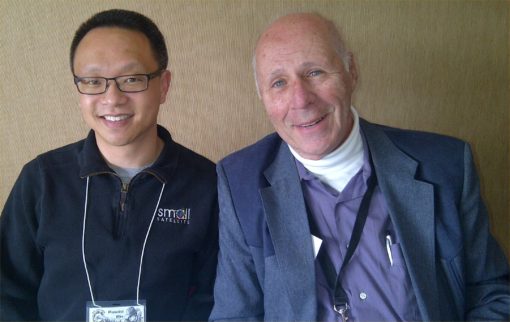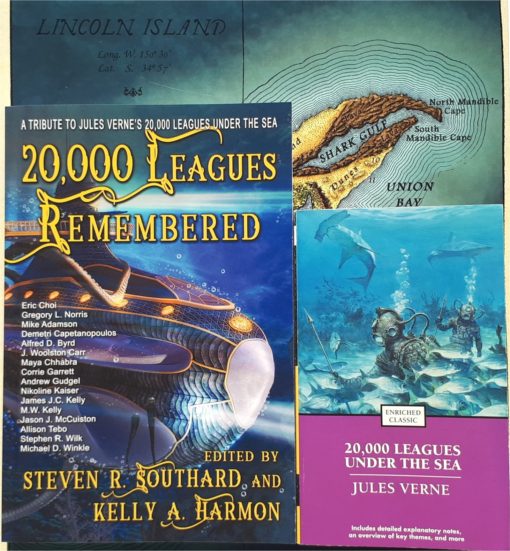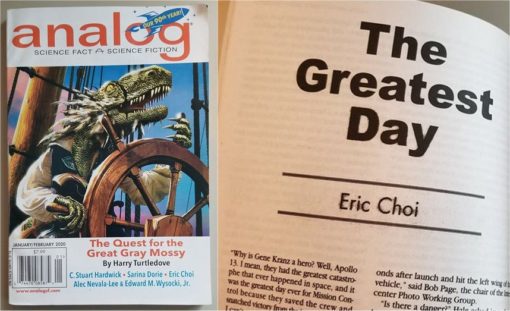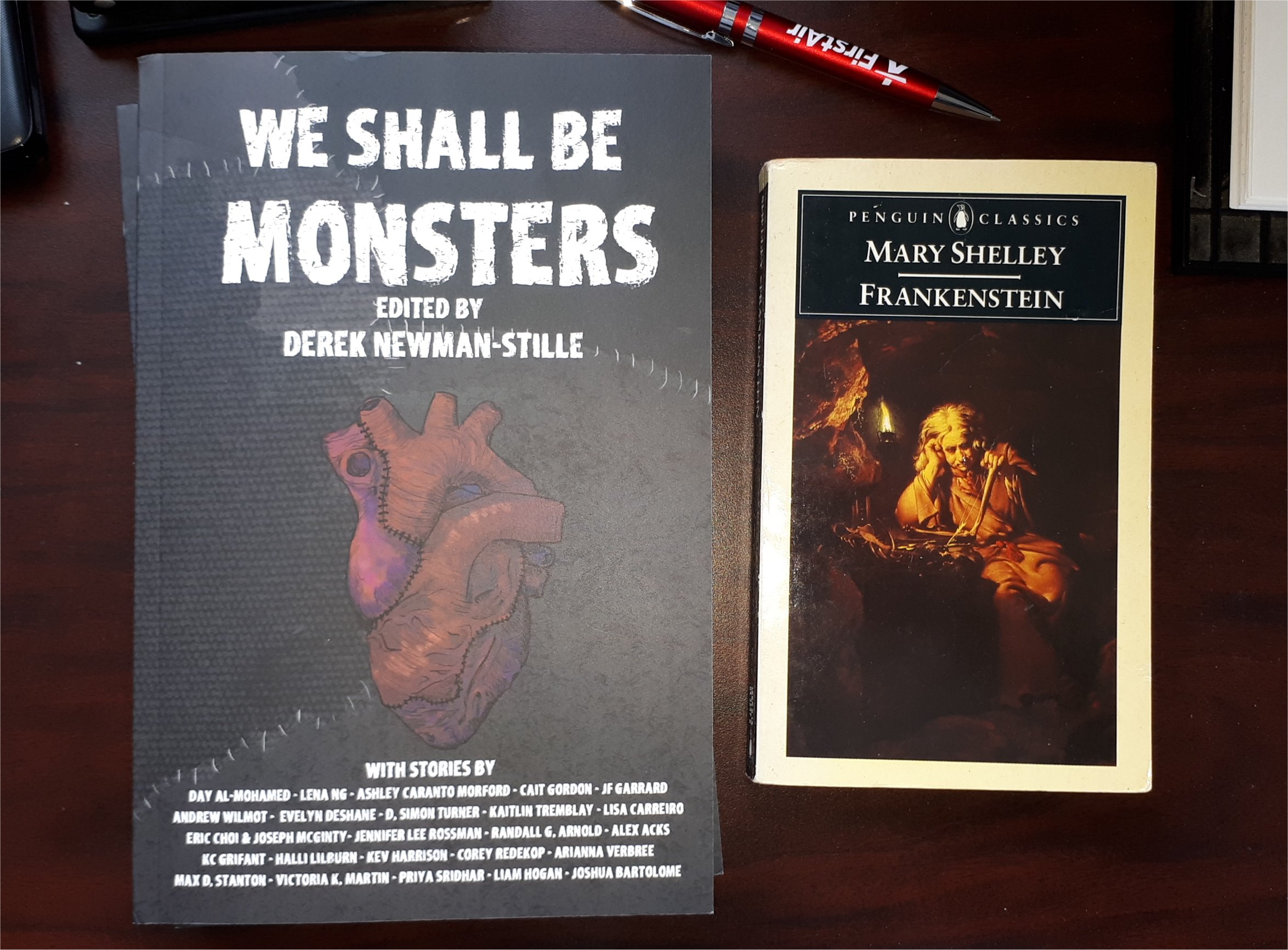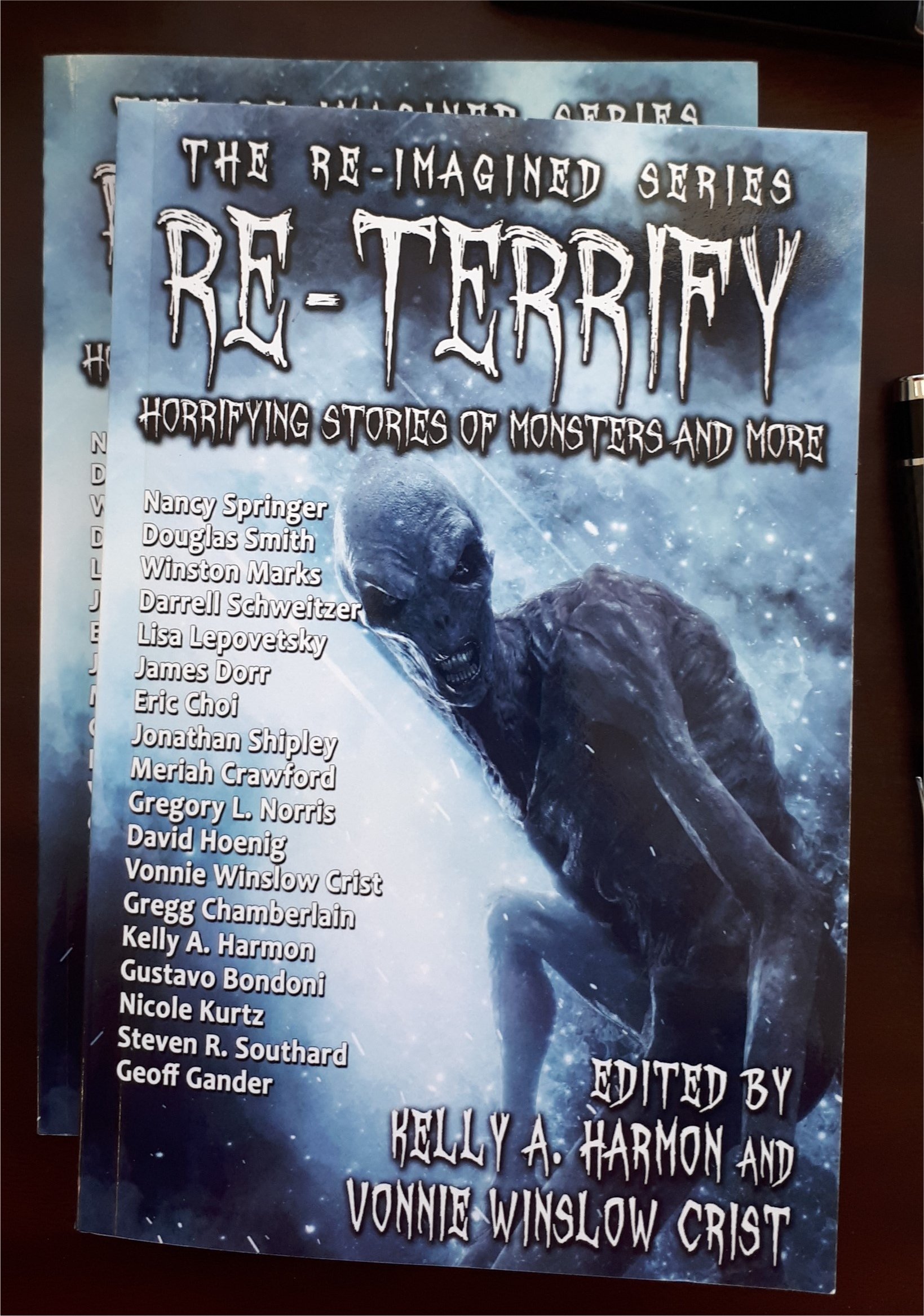I first met Ben Bova at the 2011 Ad Astra science fiction convention in Toronto. Thanks to Alana Otis Wood and the concom, I found myself sharing an author signing table with Ben. There was a huge queue of fans for Ben and almost none for me (which meant that everything was right in the Universe), but I managed to make some small talk in the rare moments when he wasn’t giving his time to his readers. What I really wanted to talk to him about was an idea I had for a hard SF anthology, but I couldn’t quite get the nerve. Finally, like an awkward teenager asking for a date, I managed to blurt out my idea and asked if he might be interested in working with me.
He said yes.
Carbide Tipped Pens came out three years later, and I had found a mentor and a friend. Ben’s name rightfully came first on the cover, but he would often say to people “it’s really Eric’s book”, an act of genuine kindness that would leave me in a state of Heisenbergian uncertainty somewhere between impostor syndrome and bemused pride. I only knew Ben for a few years, just a short moment in the grand tour of his remarkable life, but that’s all friends need.
I am deeply saddened by Ben’s passing, but I am also angry. His death was due in part to the consequences of a pandemic whose effects have been made far worse by selfishness, science denialism, and outright lies – all things antithetical to Ben’s generosity, wisdom, and honesty. As writers and readers of speculative fiction, we can honour Ben’s memory by paying it forward and being voices for fact-based reason and science in the service of humanity.
My thoughts are with Rashida Loya and all of Ben’s family and his countless friends.
